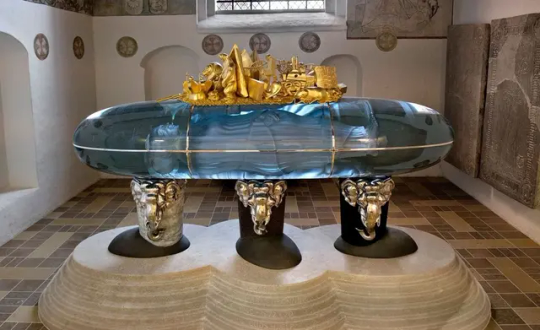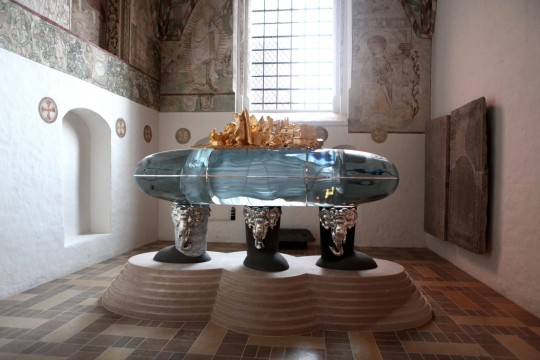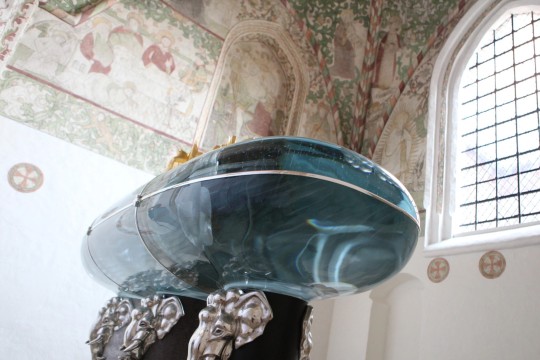Art historian, area of interest: Victorian Gothic, jewelry art of the Modern era.
Don't wanna be here? Send us removal request.
Text
An exceptional and rare example of the fin de siècle necklace (decadence).







In 1900, Guillemin Freres created an amazing necklace combining the fusion of Art Nouveau and the Egyptian Renaissance.
The necklace is made of gold inlaid with a turquoise scarab amulet from the period of Ancient Egypt, diamonds, pearls and using enamel.
The necklace is kept by the British Association of Antiquaries.
0 notes
Text
The corsage brooch "Snakes" is one of the paradigms in the work of Rene Lalique, not only because of the level of craftsmanship, but also because of the chosen theme. Reptiles were a source of inspiration, to which Lalique returned throughout his life, not only in jewelry, but also in glassmaking. The brooch was made by a jeweler in 1898-1899 from gold with enamel painting. Decoration parameters: height - 21 cm; width - 14.3 cm.






The ornament of the corsage brooch consists of nine snakes intertwined in a knot, from which the bodies of eight reptiles cascade down, and the ninth rises in the center of the composition. Thanks to the shapes of the snakes' curves and their predatory grins, a pearl necklace can be sold in a brooch when worn together.
The masterpiece is on display at the Galust Gulbenkian Museum in the Portuguese capital Lisbon.
1 note
·
View note
Text
On May 4, 2018, Danish artist Bjorn Norgaard presented his creation — a sarcophagus for the reigning Queen of Denmark Margrethe II, who has been on the throne since 1972. The sarcophagus consists of symbols of the Danish state and is made of materials from the territories of the country, which also include Greenland and the Faroe Islands. The three columns supporting the sarcophagus are made of Danish granite, Faroese basalt and Greenland marble. The sarcophagus itself is made of crystal, in which a paired bed is carved, exactly repeating the appearance and dimensions of the bodies of the royal spouses: Queen Margrethe II and the late Prince Consort Henrik, who wished to be buried separately from his wife.





The sarcophagus stands in the chapel of Roskilde Cathedral.
3 notes
·
View notes